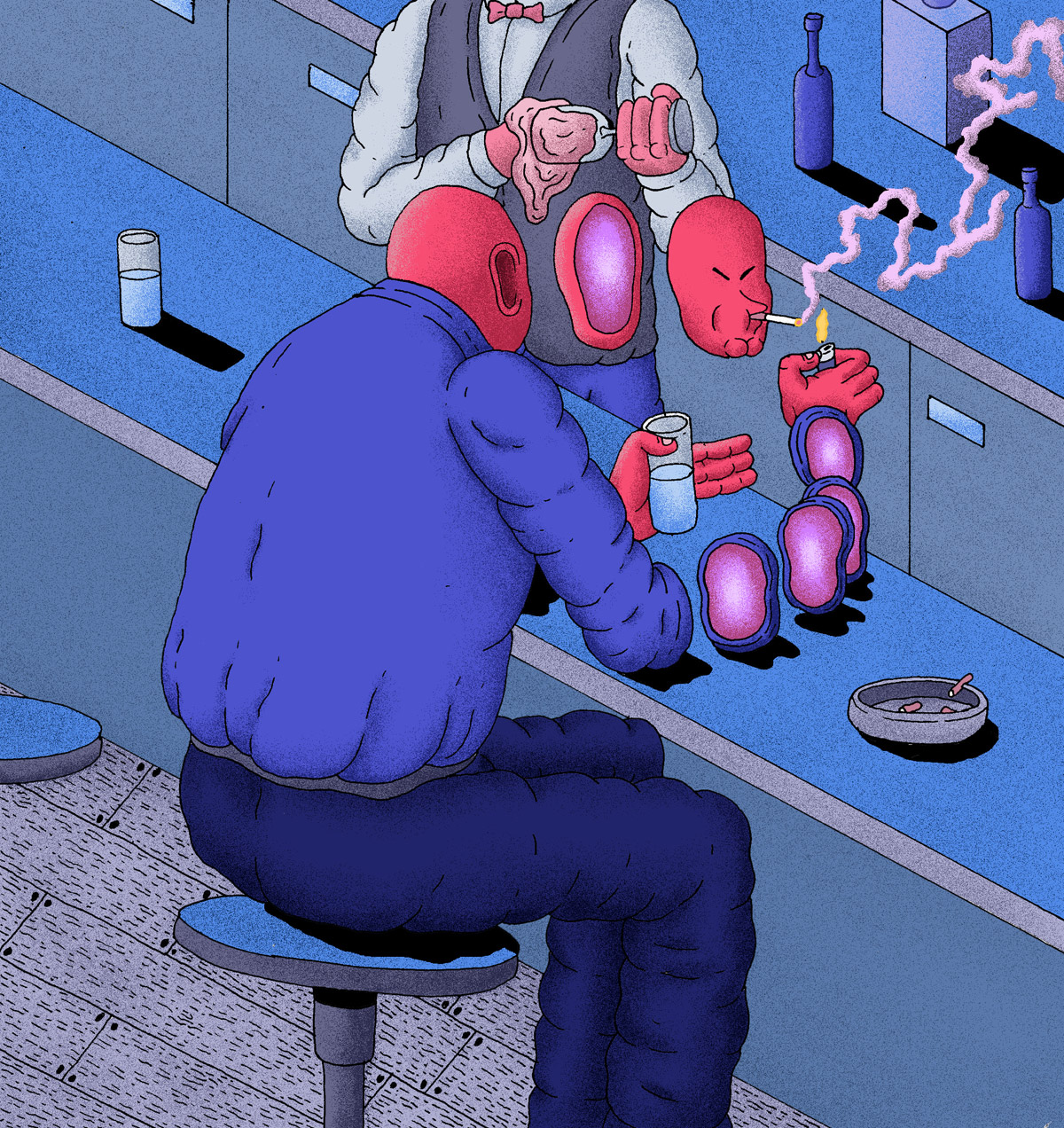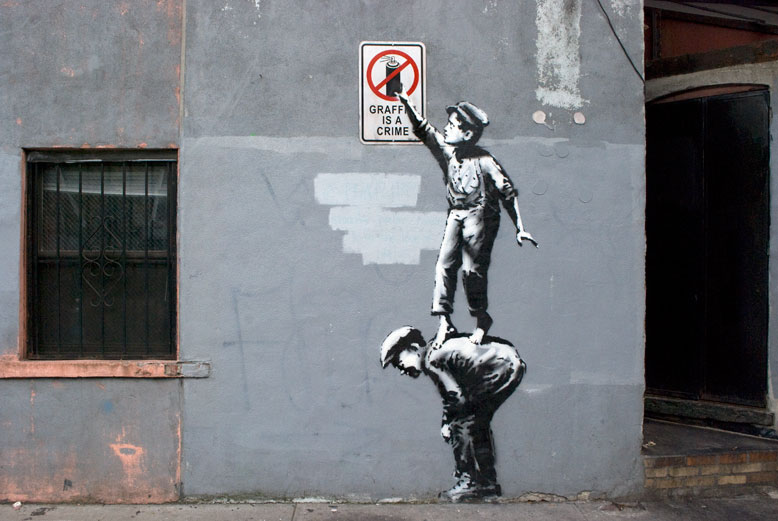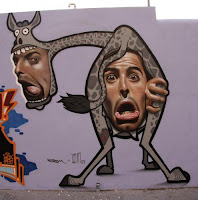Arthur C. Clarke
Arthur C. Clarke's writing has definitely had a major influence on the aesthetics and subject matter I choose when making art. I very much admire his ability to evoke fear in the reader just by presenting them with an unexplained, large object with a smooth surface. It is almost communicating that the straight line or perfect geometry is a signal of intelligent life, however, this is never directly touched upon, making it that much eerier. One of Clarke's most famous example of this concept would be the monolith in
2001: A Space Odyssey (1968)
. In both the scene at the excavation site on the moon and of the early humans, all were confused by the monolith despite it being such a simple structure. This idea is also prevalent in Clarke's 1973 book
Rendevous with Rama. The humans who discover Rama are unsure about what it is because it seems to be an empty structure that they can't explain. Arthur C. Clarke has the ability to make a reader uncomfortable by forcing them to acknowledge the existence of the unknown and that it is bigger than they are.
Richard Nixon
How I long to know the feeling of security and general bliss of living under the Nixon administration. I love Richard Nixon with all of my heart and I want the sunlight reflecting off of his beautiful smile to shine down on me. Mister Nixon is devoted to protecting democracy around the world reaffirming the American public that EVERYBODY'S VOTE COUNTS. If I were alive under Nixon, I would have pledged my life to his greatness and live to crush any country attempting to liberate itself from imperial rule. Remember: you can't lick our dick!
Ozzy Osbourne
The rich yet eerie voice of Ozzy Osbourne will forever inspire me. I will never forget the punishing guitar riffs and experimental song writing that Black Sabbath utilized. I am also very much inspired by Osbourne's unique perspective on religion; it is that is God is something you must find within you and define for yourself rather than to follow a book. Ozzy Osbourne will also never die because he isn't dead yet. I hope he outlives me.




































